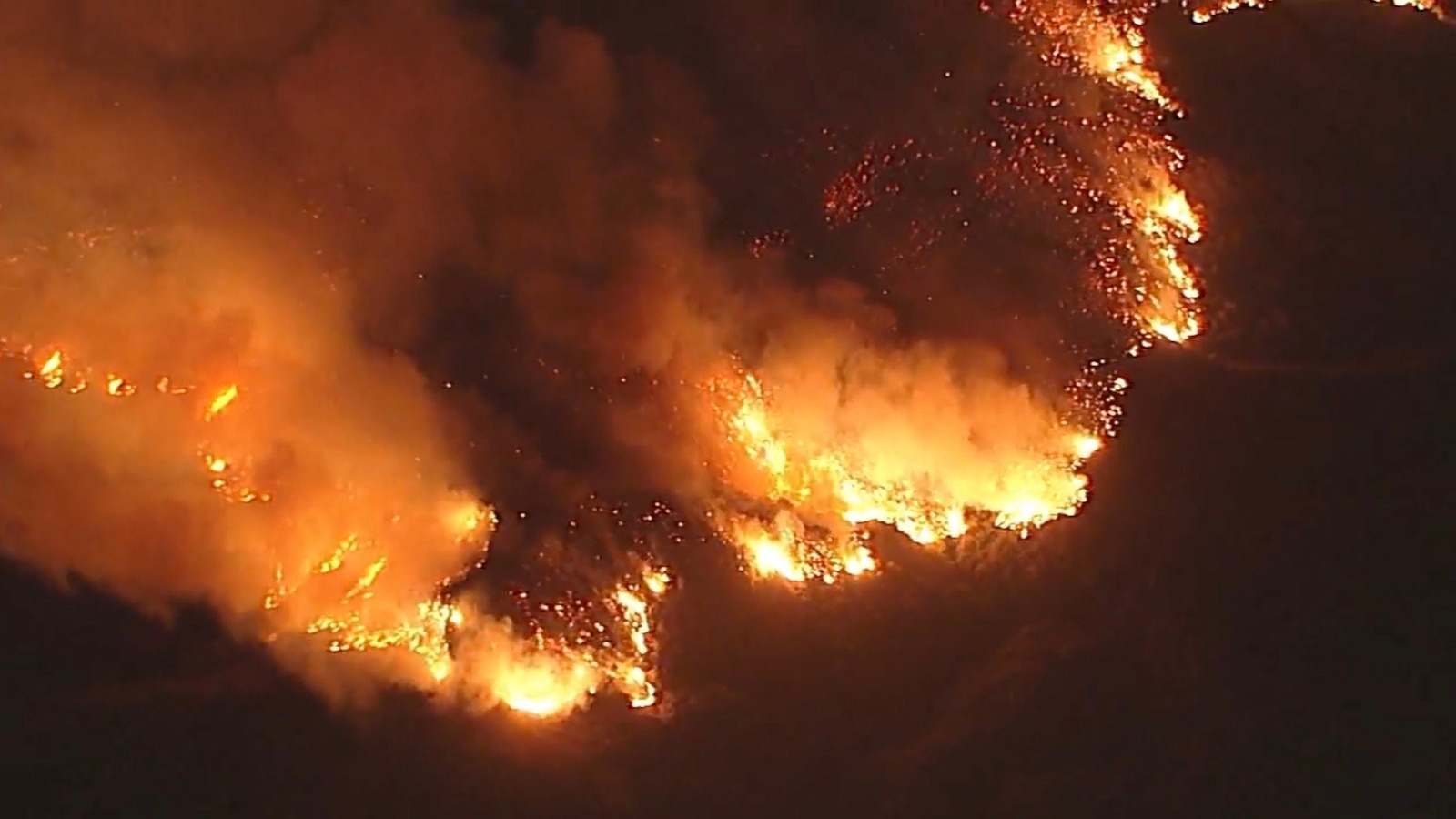Rising Flames: How Shifting Winds Are Heightening Fire Risks in California
As California faces another challenging fire season, the combination of meteorological changes and shifting wind patterns is raising alarm bells among experts. The state, known for its breathtaking landscapes, is increasingly becoming a battleground against wildfires. With strong winds anticipated this year, the potential for devastating fires looms large, prompting officials and residents alike to brace for a volatile season ahead.
Understanding the Meteorological Factors Behind Rising Fire Risks
California’s unique geography and climate contribute significantly to its wildfire risks. The state’s warm, dry summers are often exacerbated by seasonal winds, particularly the Santa Ana winds in Southern California and the Diablo winds in the north. These winds can transform small fires into raging infernos, as they carry embers over long distances and dry out vegetation, making it highly flammable.
This year, meteorologists have noted a concerning trend: a combination of below-average precipitation and shifting wind patterns is setting the stage for heightened fire risks. According to the National Weather Service, the expected increase in wind speed and frequency could lead to quicker fire spread, particularly in areas that have recently experienced drought conditions.
The Role of Climate Change in Fire Dynamics
Climate change is undeniably a driving force behind the increasing frequency and intensity of wildfires in California. Rising global temperatures lead to longer dry spells, while extreme weather events become more common. These changes not only create drier landscapes but also alter wind patterns, making them more unpredictable.
- Changing Ecosystems: As temperatures rise, certain plant species struggle to adapt, leading to shifts in the ecosystem that can increase fire susceptibility.
- Increased Drought: The ongoing drought conditions in many parts of California leave vegetation parched, creating ideal conditions for fires to ignite and spread.
- Wind Patterns: Studies indicate that changes in atmospheric pressure systems may be influencing the intensity and direction of winds, compounding fire risks.
Current Fire Season Forecast: What Experts Are Saying
Experts are closely monitoring conditions this fire season. With the forecast predicting a significant uptick in wind speeds, especially during critical periods, officials are urging residents to prepare for potential evacuations and fire safety measures. The California Department of Forestry and Fire Protection (CAL FIRE) has already begun implementing proactive strategies, including:
- Controlled Burns: These intentional fires help reduce excess vegetation that can fuel wildfires.
- Community Awareness Programs: Educating communities about fire safety and preparedness is essential for minimizing risks.
- Resource Allocation: Increased funding for firefighting resources, including personnel and equipment, to tackle fires more effectively.
Community Preparedness: A Collective Effort
As the fire risks rise, community preparedness becomes vital. Residents are encouraged to take proactive steps to safeguard their homes and loved ones. Here are some strategies individuals can adopt:
- Create Defensible Space: Clear vegetation within a 30-foot radius of your home to reduce fire risks.
- Emergency Kits: Prepare an emergency kit that includes essentials like water, food, medications, and important documents.
- Stay Informed: Sign up for local alerts and stay updated on fire conditions through reliable news sources and government announcements.
Innovative Technologies in Fire Detection and Management
In the fight against wildfires, technology plays an increasingly crucial role. Innovations in fire detection, monitoring, and management are helping to mitigate risks. Some noteworthy advancements include:
- Satellite Monitoring: Satellites equipped with thermal imaging can detect hotspots and monitor fire movement in real time.
- Drones: Unmanned aerial vehicles are being used to survey fire-affected areas, providing vital information to firefighters on the ground.
- Predictive Modeling: Advanced algorithms analyze weather patterns and vegetation data to predict fire behavior and potential spread.
Personal Stories: The Human Impact of Wildfires
The impact of wildfires goes beyond statistics and forecasts; it resonates deeply with those who have experienced them firsthand. Many residents of California have faced the devastating consequences of wildfires, losing homes, cherished belongings, and sometimes even loved ones. These personal stories underscore the importance of community support and resilience.
One survivor, Maria Gonzalez, recalls the harrowing experience of evacuating her home during a wildfire. “We had just minutes to grab what we could,” she said. “It was terrifying, but it brought our community together. We supported each other and rebuilt our lives.” Such narratives highlight the strength and solidarity within communities that face adversity.
Future Outlook: Preparing for What Lies Ahead
As California navigates the complexities of fire risks exacerbated by shifting winds and climate change, the focus must remain on resilience and preparation. While the challenges are significant, there is also a growing awareness and willingness among communities, governments, and organizations to tackle these issues head-on. Collaborative efforts aimed at enhancing fire management strategies and fostering community engagement could pave the way for a safer future.
In conclusion, as California braces for a surge in fire danger this season, understanding the interplay between meteorological shifts and fire risks is crucial. With strong winds threatening to amplify the danger, proactive measures, community preparedness, and innovative technologies are key to mitigating the impact of wildfires. By coming together, Californians can face these challenges with resilience and hope, ensuring that their communities remain safe amidst the rising flames.
See more Your Daily Weather



